Disclosure: This article contains affiliate links. We may earn a commission from purchases at no extra cost to you, which helps our travel content.
Standing at the corner of Greenwood and Archer in Tulsa, Oklahoma, I felt the weight of history pressing in from all sides. This wasn't just any American intersection—this was the heart of what was once known as 'Black Wall Street,' one of the most prosperous Black communities in early 20th century America before it was devastated in the 1921 Tulsa Race Massacre. As someone who believes deeply in making meaningful travel accessible to everyone, I've found few journeys as important as this one through Tulsa's Greenwood District—a place where America's difficult history and inspiring resilience converge in powerful ways that demand our attention.
Understanding Black Wall Street's Rise and Destruction
Before visiting Greenwood District, it's essential to understand what made this neighborhood extraordinary. In the early 1900s, this 35-block area became home to a thriving Black business community with over 300 Black-owned businesses, including hotels, theaters, restaurants, and professional offices. The community flourished despite the harsh segregation laws of the Jim Crow era, creating economic independence and prosperity that earned it the nickname 'Black Wall Street.'
What happened next remains one of America's most devastating episodes of racial violence. On May 31 and June 1, 1921, a white mob attacked the district, burning buildings and killing residents in what became known as the Tulsa Race Massacre. The prosperous community was destroyed overnight, with as many as 300 people killed and 10,000 left homeless.
I spent my first morning in Tulsa at the Greenwood Cultural Center, where the exhibits provide crucial context. Before my visit, I read The Ground Breaking, which offers an in-depth examination of both the massacre and how it was systematically erased from public memory for decades. Having this background knowledge transformed my experience from simple tourism to meaningful engagement with this difficult history.
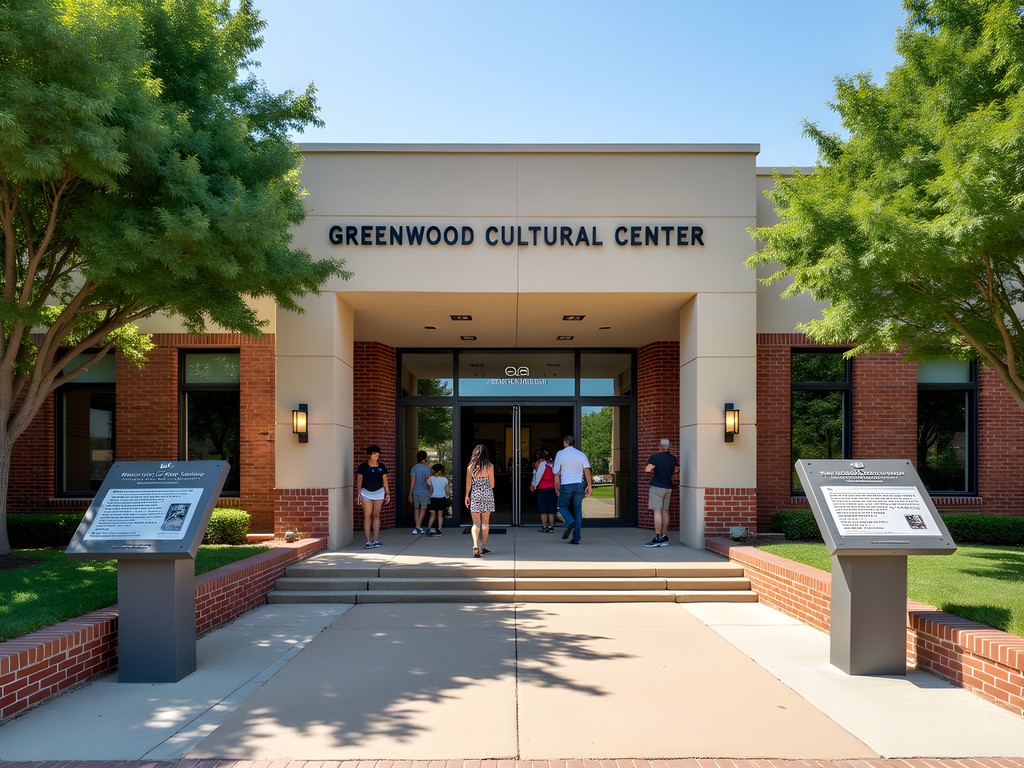
💡 Pro Tips
- Visit the Greenwood Cultural Center first to gain historical context before exploring the district
- Allow at least 2-3 hours to properly absorb the exhibits and information
- Consider joining a guided tour with a local historian for deeper insights
Walking the Greenwood District Today
The physical landscape of Greenwood today bears little resemblance to its pre-1921 glory, but a thoughtfully designed walking tour helps visitors visualize what once stood here. I recommend starting at the Black Wall Street Memorial at the corner of Greenwood and Archer, where a black marble monument commemorates the massacre. From there, follow the historical markers that line the sidewalks throughout the district.
During my visit, I used the Tulsa Historical Walking Tour Guide which provided detailed maps and historical photographs that helped me visualize the original buildings while standing at their former locations. The juxtaposition of these historical images against today's landscape creates a powerful understanding of what was lost.
As an occupational therapist who specializes in accessibility, I was pleased to find that most of the walking route is wheelchair accessible with smooth sidewalks and curb cuts. However, some portions have steeper inclines that might be challenging for manual wheelchair users or those with mobility limitations. The route covers approximately 1.5 miles in total, but can easily be broken into smaller segments with plenty of benches along the way.
Don't miss the Pathway to Hope, a walkway that leads to the Reconciliation Park, featuring bronze sculptures that tell the story of Black Wall Street. The sculptures are tactile and can be experienced through touch, making this a more accessible experience for visitors with visual impairments.
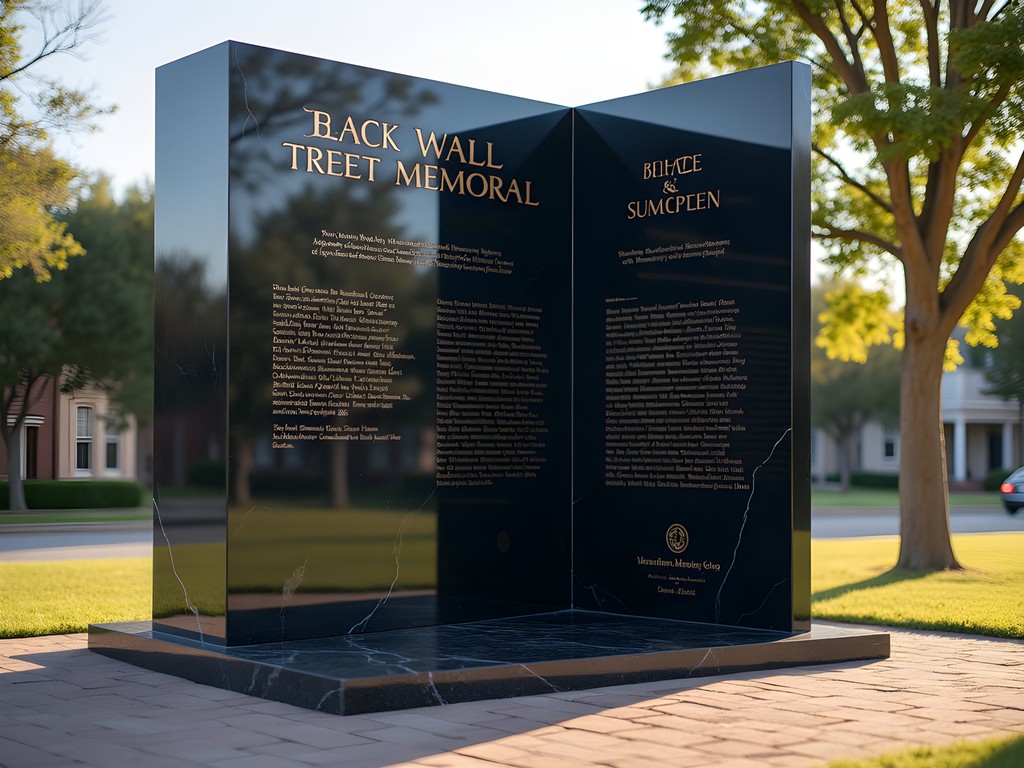
💡 Pro Tips
- Wear comfortable walking shoes as the full tour covers about 1.5 miles
- Download the Greenwood Rising app for an audio guide that enhances the walking experience
- Visit early morning or evening in summer months to avoid the intense Oklahoma heat
Greenwood Rising: A Modern Historical Center
The crown jewel of Tulsa's historical preservation efforts is Greenwood Rising, which opened in 2021 to coincide with the massacre's centennial. This state-of-the-art history center uses immersive exhibits to tell the complete story of Greenwood—not just the tragedy of 1921, but the community's creation, destruction, and remarkable resilience afterward.
What impressed me most about Greenwood Rising was its thoughtful approach to accessibility. The center features universal design elements throughout, including wide pathways, multiple seating options, and exhibits at various heights. Audio descriptions, large-print guides, and sensory consideration maps are available at the front desk—just ask one of the knowledgeable staff members.
The exhibits themselves are emotionally intense, particularly the immersive recreation of the massacre itself. As someone who works with trauma in my occupational therapy practice, I appreciated the 'emotional processing spaces' incorporated throughout the center, allowing visitors to pause and reflect before continuing. I found myself using these spaces several times, particularly after the most powerful exhibits.
I recommend bringing a reusable water bottle as the emotional nature of the exhibits can be physically taxing. There are water refill stations throughout the center, and staying hydrated helps maintain the energy needed to process difficult historical content.
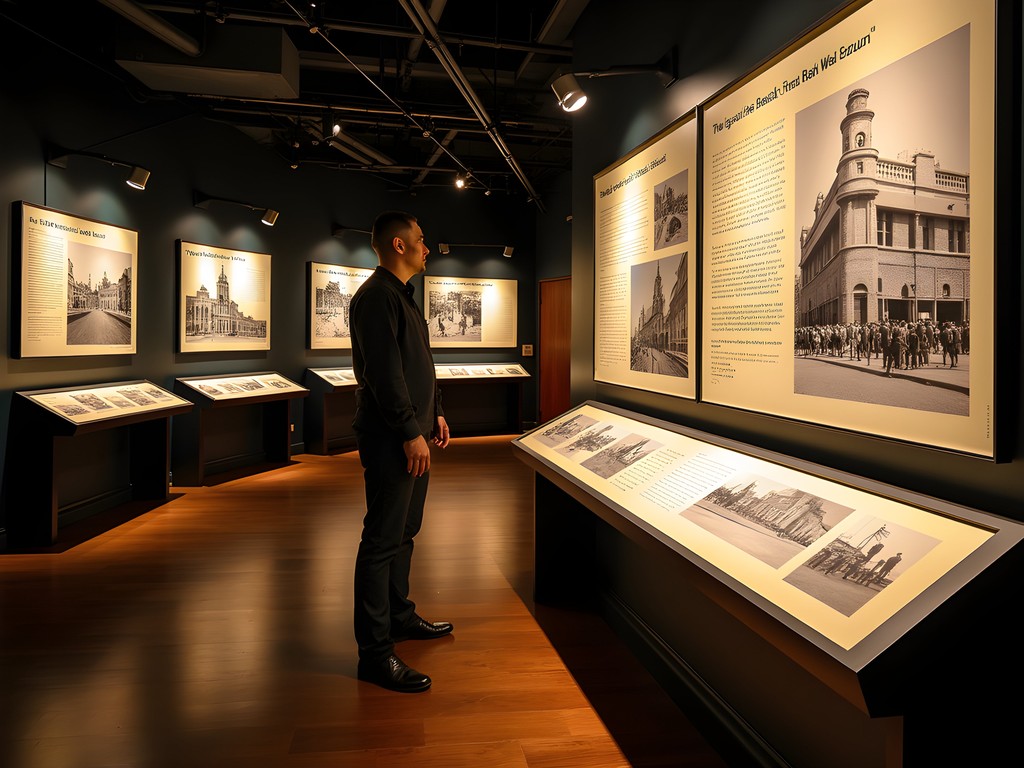
💡 Pro Tips
- Reserve tickets online in advance as the center often sells out, especially on weekends
- Allow at least 2 hours to fully experience all exhibits without rushing
- Take advantage of the reflection spaces between exhibits to process emotional reactions
Supporting Black-Owned Businesses in Greenwood Today
One of the most meaningful ways to honor the legacy of Black Wall Street is to support the Black-owned businesses operating in Greenwood today. While the district never fully recovered its former economic prominence, a new generation of entrepreneurs is reclaiming this space with innovative businesses that pay homage to the area's history.
For lunch, I highly recommend Wanda J's Next Generation Restaurant, where soul food classics are served with genuine warmth. The fried chicken and sweet potato pie are must-tries, but what makes the experience special is hearing stories from the staff about their family connections to historic Greenwood.
After lunch, I browsed Black Wall Street Tees & Souvenirs, where locally designed apparel provides meaningful mementos while supporting the community. I picked up a historical map print that now hangs in my Cork apartment, sparking important conversations with visitors about this often-overlooked chapter of American history.
For book lovers, Fulton Street Books & Coffee offers a thoughtfully curated selection focusing on Black literature and history. I spent a peaceful afternoon here with an excellent latte and a newly purchased copy of 'The 1921 Tulsa Race Massacre: A Photographic History.' The staff can recommend titles specific to your interests, and their community events calendar is worth checking for talks and readings during your visit.
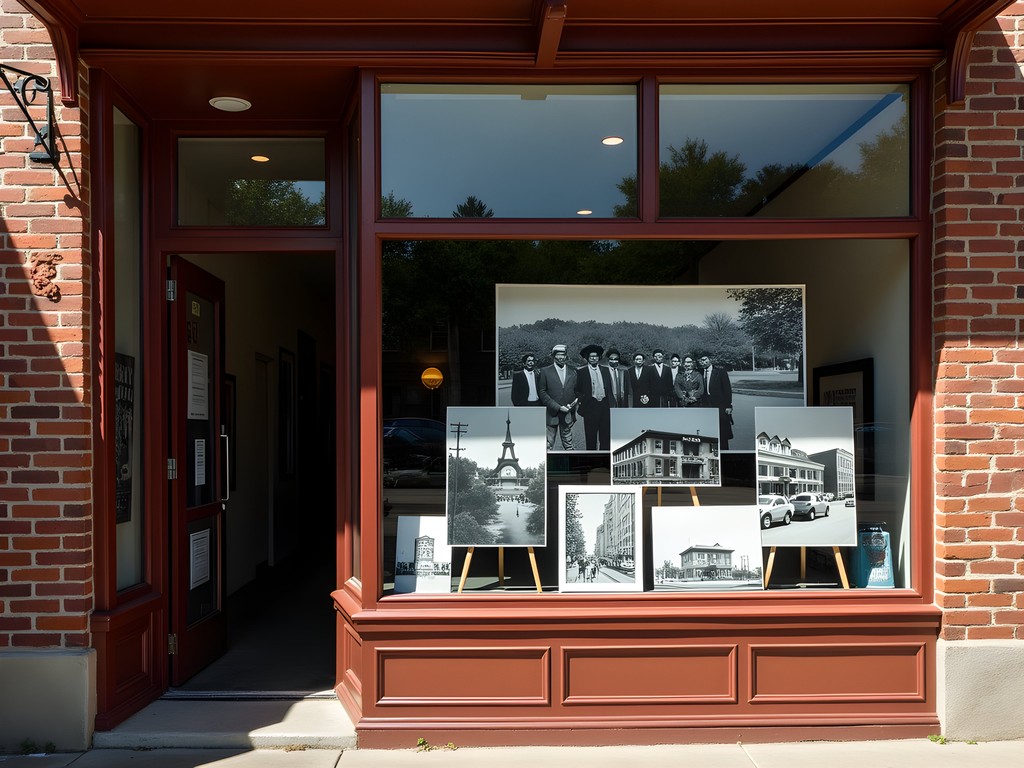
💡 Pro Tips
- Make lunch reservations at Wanda J's in advance as it gets busy around midday
- Set aside time to actually speak with business owners who often share personal connections to the district's history
- Check operating hours as some smaller businesses have limited schedules
Making Your Visit Accessible and Meaningful
As an occupational therapist passionate about accessible travel, I want to share some specific considerations for making your Greenwood District visit accessible to everyone in your group.
First, consider the emotional accessibility of this experience. The history of the Tulsa Race Massacre is deeply disturbing and may be triggering for some visitors, particularly those from communities that have experienced racial violence. I recommend bringing a guided journal to process your thoughts and reactions throughout the day. Many of my therapy clients find this practice helpful when engaging with difficult content.
For physical accessibility, most major sites in the district are wheelchair accessible, but some of the smaller businesses may have limited accessibility. I always carry a portable folding ramp in my car when traveling, which has proven invaluable for impromptu accessibility solutions. If traveling with someone with mobility needs, calling venues in advance can save time and frustration.
For those with sensory sensitivities, be aware that Greenwood Rising includes some immersive exhibits with sudden sounds and lighting changes. Ask at the front desk for their sensory guide, which maps out potentially overwhelming areas. Noise-canceling headphones or earplugs can be helpful in these sections.
Finally, consider cognitive accessibility by pacing your visit. The historical information is dense and emotionally charged. Breaking your exploration into multiple days allows for better processing and understanding, particularly when traveling with children or individuals with cognitive processing differences.
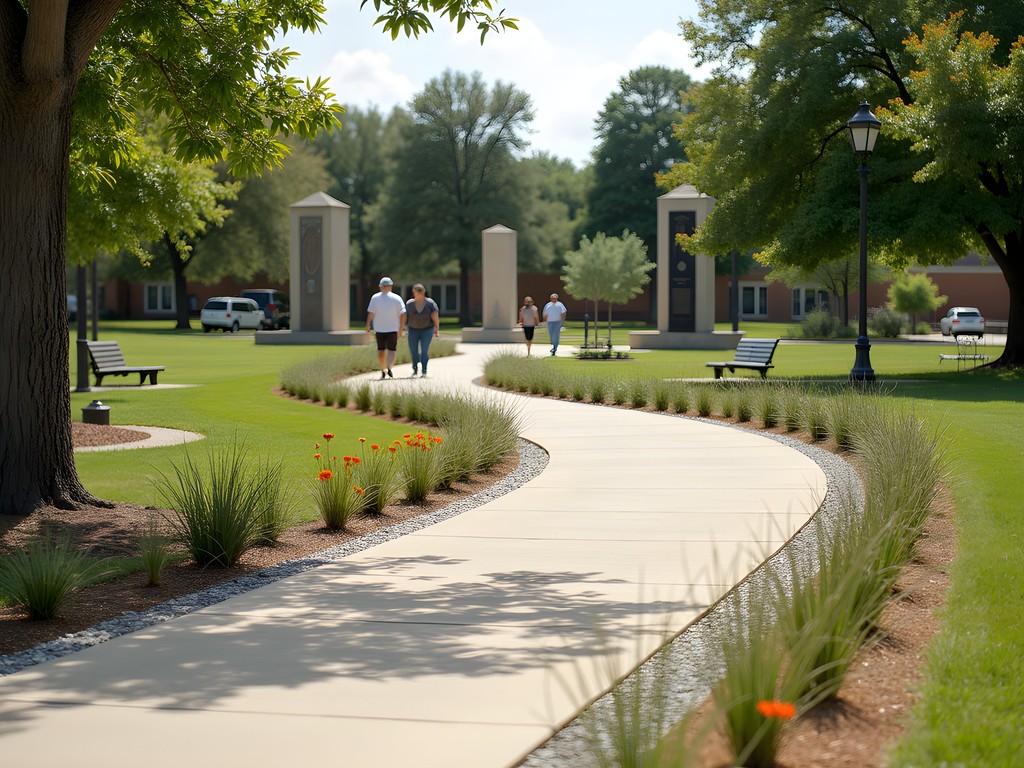
💡 Pro Tips
- Request accessibility information when booking tours or visits to specific sites
- Plan for emotional self-care before, during, and after your visit
- Consider splitting your visit across two days to prevent information overload
Final Thoughts
My weekend in Tulsa's Greenwood District was far more than a history lesson—it was a profound reminder of both America's capacity for racial violence and Black communities' remarkable resilience in the face of unspeakable trauma. What struck me most was how recent this history is; there were massacre survivors still living when I was in college, yet I never learned about Black Wall Street in any history class.
As travelers, we have a responsibility to engage thoughtfully with difficult histories and to support communities working to preserve these stories. When we visit places like Greenwood District, we're not just tourists—we're witnesses to history and participants in the ongoing work of remembrance and reconciliation.
I encourage you to approach this journey with an open heart and a willingness to be uncomfortable. Bring your questions, your empathy, and your commitment to learning. Support the businesses and institutions keeping Greenwood's legacy alive. And most importantly, carry these stories forward by sharing what you've learned with others. In doing so, we ensure that the vibrant community of Black Wall Street—and the tragedy of its destruction—will never again be erased from our collective memory.
✨ Key Takeaways
- Visit the Greenwood Cultural Center and Greenwood Rising for essential historical context before exploring the district
- Support Black-owned businesses in the area as part of honoring the entrepreneurial legacy of Black Wall Street
- Consider accessibility needs—both physical and emotional—when planning your visit
- Allow ample time for reflection and processing of this difficult but important history
📋 Practical Information
Best Time to Visit
year-round, though spring and fall offer the most comfortable temperatures
Budget Estimate
$200-300 for a weekend (including accommodations, food, and admission fees)
Recommended Duration
2-3 days
Difficulty Level
Easy (Physically) To Moderate (Emotionally)

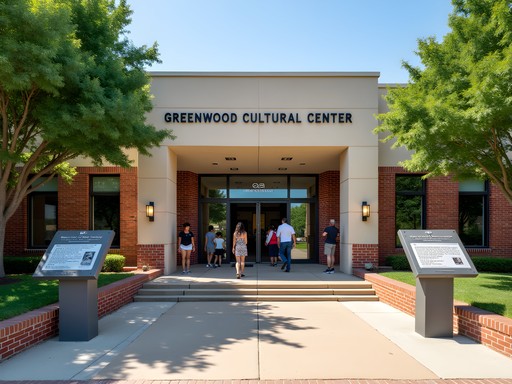
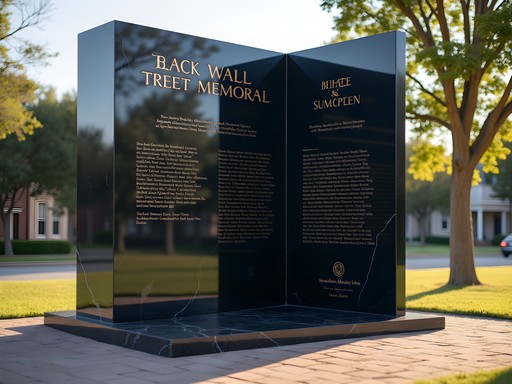
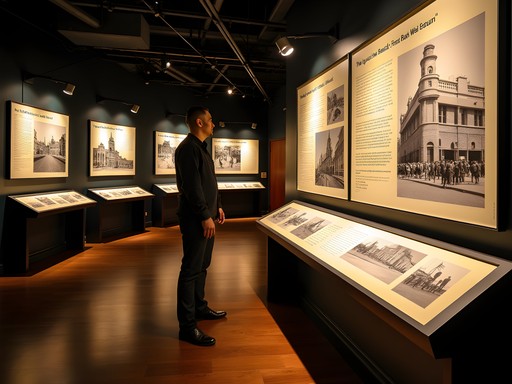
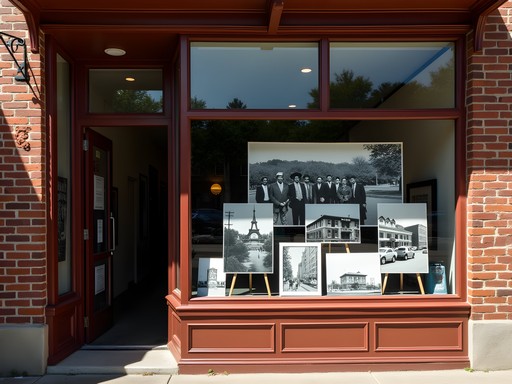
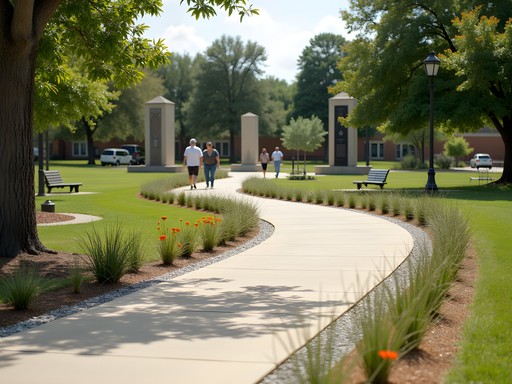





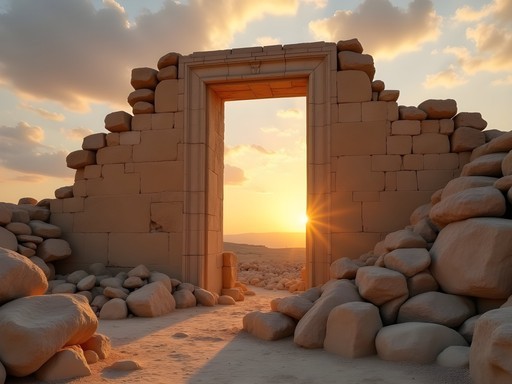




Comments
Fatima Sims
I visited Greenwood District last spring and was completely moved by the experience. The way the Greenwood Rising museum contextualizes the prosperity before the massacre really hit me hard. I spent hours reading every exhibit. What really struck me was talking with local elders who shared stories passed down through generations. Morgan, did you get a chance to try Wanda J's at Greenwood Lounge? Their soul food was incredible, and the walls are covered with historical photos that tell even more of the story. This is the kind of travel that changes your perspective forever.
Morgan Alexander
Yes! Wanda J's was amazing - I mentioned it briefly in the supporting Black businesses section. Those catfish and greens were something special, and you're right about the photos adding another layer to the experience.
wildace
Adding Wanda J's to my list for when I visit next month!
freeninja
Wow, I had no idea about this history until recently. Thanks for shining light on such an important part of American history that often gets overlooked in textbooks.
winterguide
Just visited last weekend based on your recommendation. The memorial markers along Greenwood Ave hit hard. Thanks for highlighting this important place.
Morgan Alexander
So glad you were able to visit. Those markers really do make the history tangible, don't they?
JustinTravels
Those photos of the memorial are stunning. Really powerful post.
TravelWithMike
Great post! I'm heading to Tulsa next month. Any recommendations for Black-owned restaurants in the area besides Wanda J's?
coolninja
Try Evelyn's Soul Food too! Their cornbread is unreal.
Sophia Gomez
Black Wall Street Liquid Lounge has great coffee and the staff are super knowledgeable about the area's history. Perfect start to a day of exploring!
Douglas Bradley
I visited the Greenwood District last year and it was truly eye-opening. The way the Greenwood Rising center contextualizes the massacre within the broader history of racial violence in America is masterfully done. I'd also recommend visitors check out the John Hope Franklin Reconciliation Park nearby, which has powerful sculptures commemorating the massacre. One thing that struck me was how the community rebuilt despite incredible obstacles - that resilience is palpable when you walk those streets today. For anyone planning a visit, I'd suggest reading 'The Ground Breaking' by Scott Ellsworth beforehand to fully appreciate what you're seeing.
Sophia Gomez
Morgan, thank you for this thoughtful post. I visited Tulsa last year on a business trip and made time to visit Greenwood District. What struck me most was how the community is reclaiming their narrative through art and entrepreneurship. I picked up a copy of this book at the gift shop which provides incredible context about the massacre and subsequent excavation efforts. The docent-led tour was worth every penny - our guide had family connections to the original Greenwood residents, which made the experience even more powerful. For anyone planning a visit, I'd recommend the early morning tour before it gets crowded.
coolninja
I missed the guided tour! Definitely doing that next time.
HistoryBuff42
Love that they're preserving this important history. Planning to visit next spring!
coolninja
Wow, I visited Black Wall Street last summer and it was such a powerful experience. The Greenwood Rising museum hit me hard - those testimonials from survivors were gut-wrenching. Did you try the food at Wanda J's? Their fried catfish was amazing! Definitely going back next time I'm in Tulsa.
Sophia Gomez
I've been wanting to visit Greenwood for years! How much time would you recommend setting aside for the museum? Is it something you can do in an hour or is it more of a half-day experience?
coolninja
I'd definitely set aside at least 2-3 hours for Greenwood Rising if you really want to take it all in. There's a lot to process emotionally, and you'll probably want some time afterward to reflect. The whole district is walkable in a day though!
Sophia Gomez
Thanks for the tip! Will definitely plan for a full day then.
coffeeseeker
Great post! I'm planning to visit in December. Is the Greenwood Rising center open year-round? And would you recommend any particular Black-owned restaurants in the area that you didn't mention in the article?
Morgan Alexander
Yes, Greenwood Rising is open year-round except major holidays! For restaurants, definitely try Wanda J's Next Generation Restaurant for amazing soul food, and Black Wall Street Liquid Lounge has great coffee and atmosphere. Both are within walking distance of the center.
coffeeseeker
Perfect, thanks! Adding those to my list.
roamzone
Wow, powerful piece. I had no idea the history was so deep. Makes me want to visit Tulsa now.
winterguide
Same here. History books in school barely mentioned this.
Morgan Alexander
Thanks for reading! It's definitely one of those historical sites that hits you differently in person.
Venture X
Premium card with 2X miles, $300 travel credit, Priority Pass